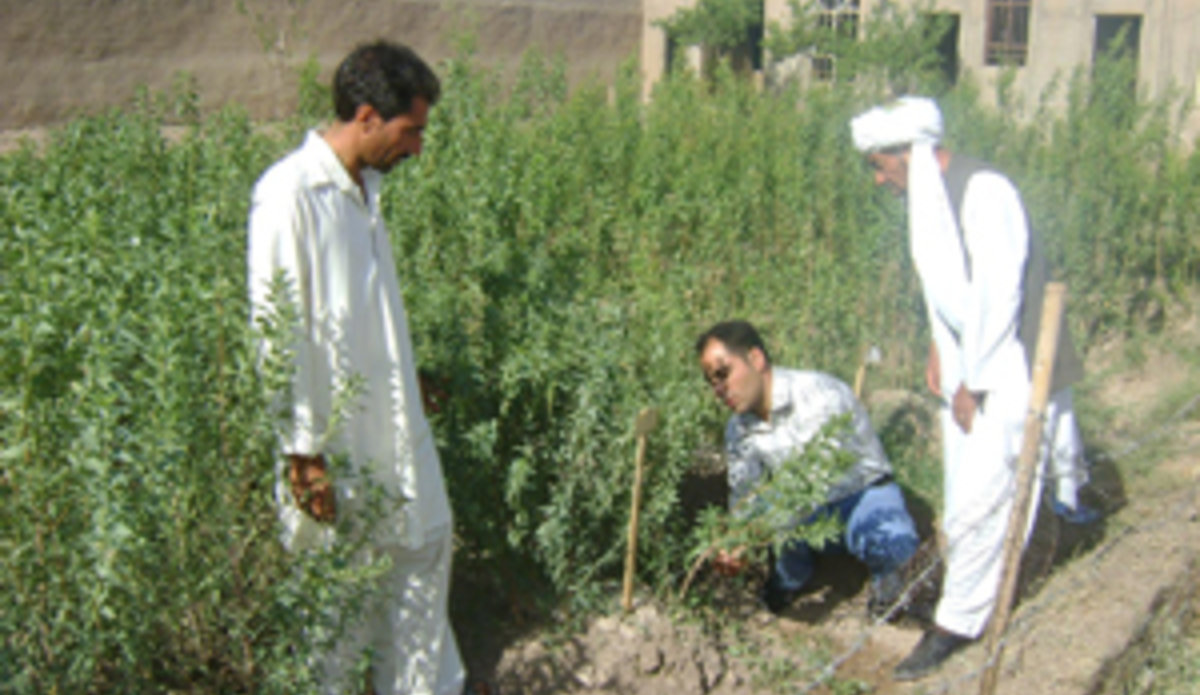Agricultural projects boosting employment in Afghanistan
KABUL - Conservation in Afghanistan is moving forward as a major UN-supported project has produced millions of saplings and provided work for thousands of people.
Since 2003 until the end of 2009, 3.5 million fruit saplings have been produced by the Afghanistan Conservation Corps and 400,000 labour days created in some of the least-developed parts of Afghanistan.
The conservation corps has also implemented more than 350 sub-projects in 24 provinces and produced 3,200 hectares of pistachio forests.
In Afghanistan, natural resources are critical for people’s livelihoods, particularly for those who live in rural areas, perhaps some 80 per cent of the population.
The Afghanistan Conservation Corps was set up in 2003 by the Government of Afghanistan and funded by the Government of the United States of America and managed by the United Nations Office for Project Services (UNOPS).
The corps aims to work with Government and local communities to conserve Afghanistan’s biodiversity whilst improving rural livelihoods and building capacity to restore and manage forests, rangeland and sustainable watersheds.
Vulnerable local residents, such as returning refugees, internally displaced persons, widows and ex-combatants, have been offered work opportunities to re-integrate into society.
Many of the projects are identified and implemented in collaboration with the Ministry of Agriculture, Irrigation and Livestock, the National Environment Protection Agency and other government ministries.
Selected households are provided with the means to establish home nurseries with tools, saplings, and training.
In addition to the nursery efforts, pistachio forest management is another important component of the corps’ work.
Afghan nuts are renowned across the world for their intense flavour and dark green colour and pistachios were once a major export product of the region.
Whilst in 1977, pistachio woodlands covered 55 and 37 per cent of the land in Badghis and Takhar provinces, respectively, the pistachio forest has now largely disappeared.
By working in two of the last remaining stands of natural pistachio forests in the world, the provinces of Samangan and Takhar, the conservation corps and partners hope to generate employment for poverty-stricken, rural, semi-nomadic Uzbek, Hazara, Pashtun and Tajik communities whilst providing the national and international communities with high-quality pistachio nuts.
On average, areas with pistachio reforestation have experienced a 20 per cent increase in incomes.
By Kangying Guo, UNAMA
Website: United Nations Office for Project Services
 UN
UN







